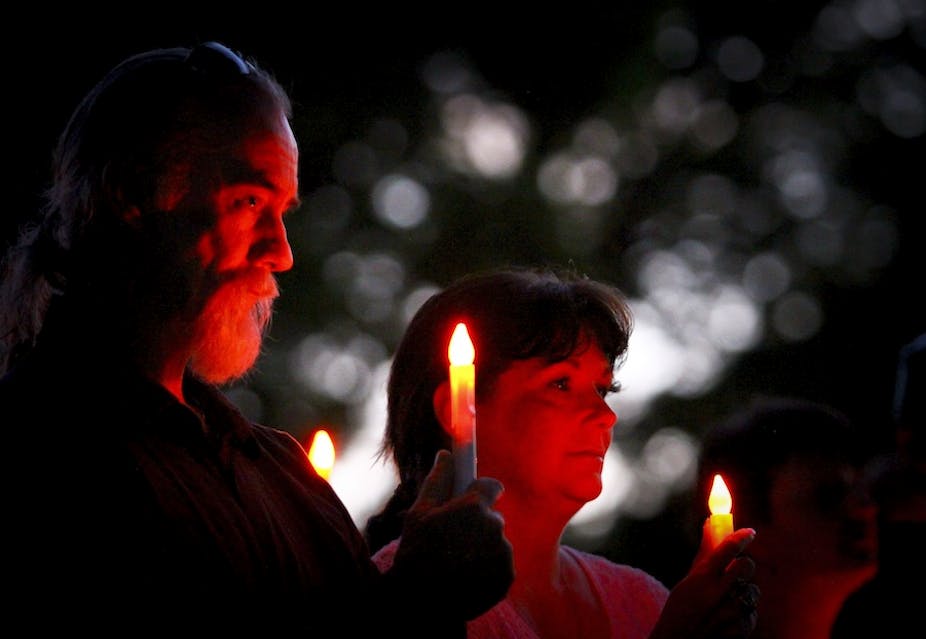This week, Queenslanders remember the January 2011 floods, and give thanks to the many emergency service workers and volunteers who helped with rescue and recovery. Their work was timely, selfless, and very important – residents of Brisbane, in particular, will remember well the many clean-up volunteers lining up to lend a hand.
We would do well also to remember, and to learn from, a less immediately visible part of the crisis response effort: the flow of up-to-date emergency information and advice across the social networks of Facebook and Twitter. Alongside the mainstream media – and sometimes ahead of them – these social media platforms were crucial in sharing the latest news and helping people make sense of the situation.
For a report on the use of Twitter during the Queensland floods which has just been released by the ARC Centre of Excellence for Creative Industries and Innovation (CCI), we’ve analysed the updates shared through the #qldfloods hashtag. We’ve found the Twitter account of the Queensland Police Service Media Unit (@QPSMedia) to have played an especially central role in the process.

The @QPSMedia team around Kym Charlton and James Kliemt managed to position its account as the leader of the #qldfloods community: sometimes tweeting directly from the Premier’s situation room, their updates were widely retweeted (its messages received upwards of 25 retweets, on average). On Facebook, too, their network jumped from 16,000 to 165,000 friends, literally overnight.
For a moment, Twitter became part of the backbone of the news network around the floods, spreading information more quickly even than the 24-hour news cycle of live television.

And what happened on Twitter didn’t stay on Twitter: @QPSMedia tweets were included in the live tickers of the major news broadcasts, and connected local users who followed the account told their friends and neighbours on the phone or face-to-face what the latest situation was.
But Twitter is more than one-way traffic. Many of those same locals also reported back on the situation in their suburbs, or requested more information and help. Others used the network to organise their own volunteering efforts: the #bakedrelief group, for example, got together to prepare and distribute food for the clean-up volunteers. The idea has gone viral: #bakedrelief volunteers helped out after the Christchurch earthquakes and other disasters, too.

Here, there’s room for further improvement, for more research and development: tools and processes for the crowdsourcing and verification of information from the ground during crisis situations, and for assisting communities in coordinating their own volunteer efforts, remain in their infancy. How do we pick up on the early signals of a crisis? Whose updates can we trust? These are questions yet to be answered in detail.
But the work of harnessing social media as crisis communication tools has now begun; for our part, we’re about to embark on a three-year research project in partnership with the Queensland Department of Community Safety and the Eidos Institute to explore these issues and develop further social media communication strategies for emergency services.
If nothing else, too, the experience of the Queensland floods has finally moved us beyond the caricatures of social media as spaces for “pointless babble” or endless vitriol, beyond the media focus on inappropriate celebrity tweets or the occasional flamewar. Social media users are just like the rest of us: by no means perfect, but more than willing to lend a hand especially at times of crisis.
It’s no longer good enough to dismiss or demonise social media: they’re an increasingly important part of the media landscape, and aren’t going to go away any time soon. Time, then, to explore their full potential.

